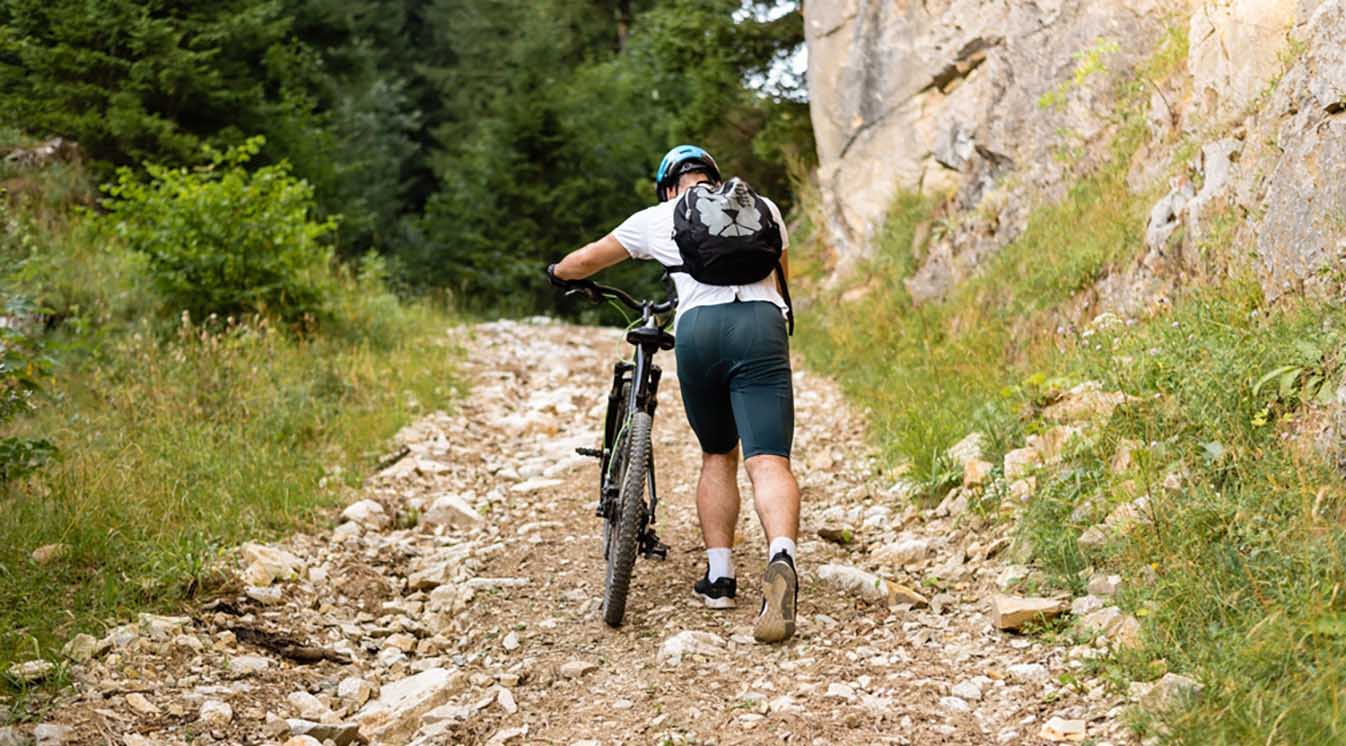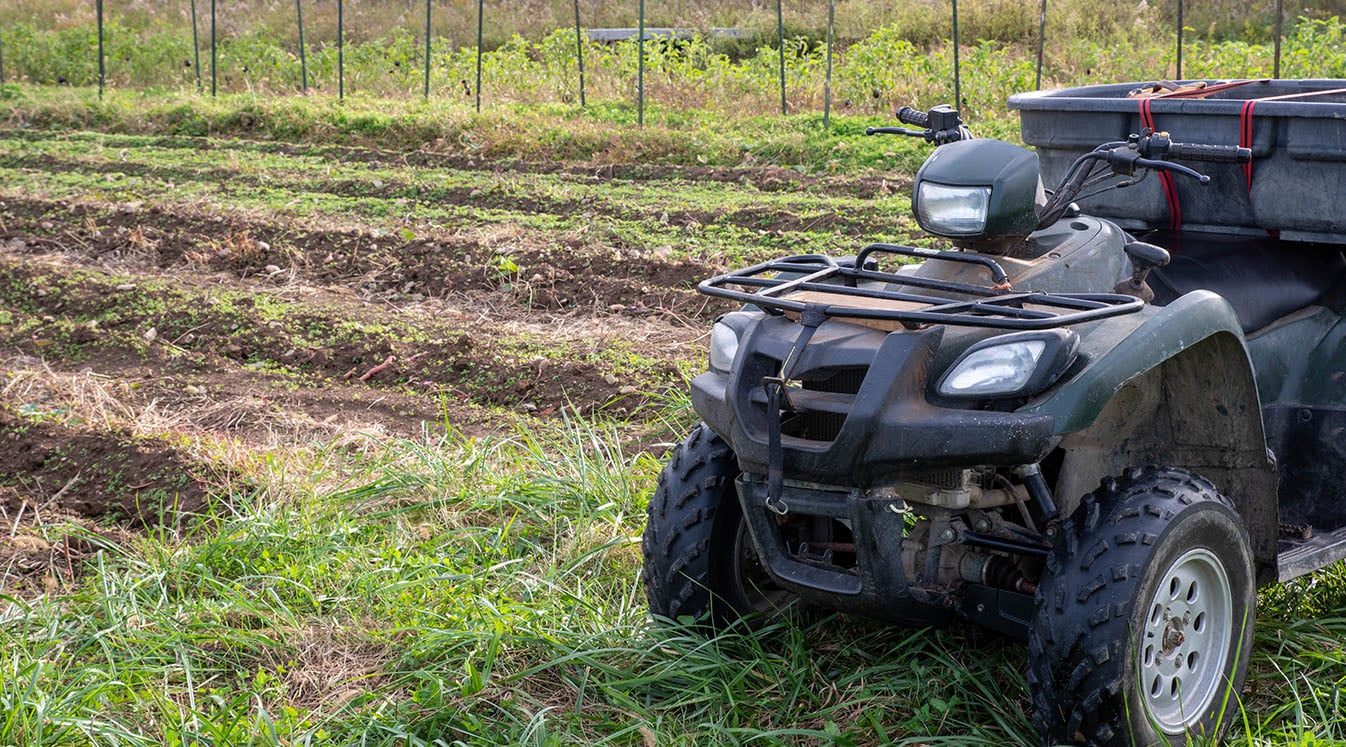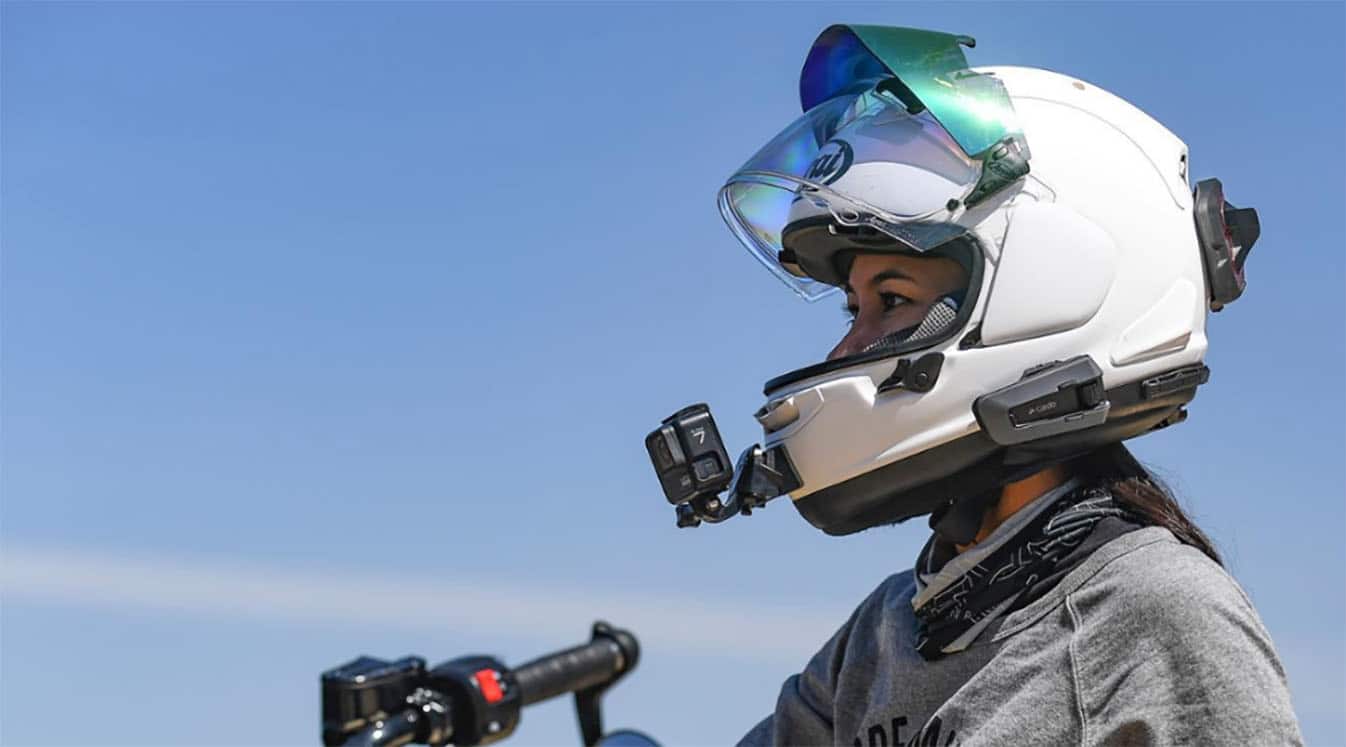Mountain biking is an exciting sport that will take you to all kinds of new destinations that aren’t accessible on foot or by car. But it’s not the same as road cycling around your neighborhood. You’ll need to prepare your body and mind for the challenge of pedaling up steep hills. Many cyclists say it takes anywhere from one to two years to become an expert rider. So, what do you need to know before you hit the trail? Start by learning about the basics. If you’re new to the MTB world, use these mountain biking tips for beginners to start off on the right foot.
1. Training Your Muscles
It takes a lot of training to reach the top of the hill. Pedaling at an incline will wear you out fast if your body is not used to it. You can increase your endurance by strengthening your leg, back, upper body and abdominal muscles with various strength training exercises. Squats, lunges and deadlifts using kettlebells are perfect for working your glutes and legs, including your hamstrings. Work on building your balance with smaller weights to enhance your core strength. Mix up your amount of reps and workout routine regularly to challenge your muscles in new ways and avoid reaching a plateau.
Endurance will help you go far on the trail. The best way to build endurance is to increase the intensity and/or length of your MTB training routine. You can try riding farther and farther on your bike or practice riding uphill. If you don’t have anywhere to ride, go for a run or hit the elliptical at the gym to get your heart rate pumping. Monitor your distance or time and push yourself to reach new goals.
2. Get in the Right Position
Climbing steep hills tends to be the hardest part of mountain biking. You can easily run out of steam if you push too hard initially. Slow and steady wins the race. Get into the right position on your bike to make it easier on your body. Your weight should be centered where the mechanical energy of the pedals reaches the ground, which would be the back wheel. Stay seated on a steep incline and lean your body forward to keep the momentum going. You may also want to swap out the handlebars for a lower set or take out a spacer underneath the handlebars to give yourself more room to lean forward.

Source: Oleksiy Rezin/Shutterstock.com
You should also keep your core engaged, your back straight and your shoulders open to maintain good posture on the trail. It also allows more oxygen to reach the lungs.
3. Connect to Your Fellow Riders
Mountain biking is more fun in a group, but you won’t be able to communicate with your fellow riders when the going gets tough. Your friends are there to guide you and give you tips as you learn the ins and outs of riding. Use a bicycle intercom to keep the conversation going on the trail. Your companions will give you the information you need to navigate to your destination and ensure you use the right technique.
Use a Bicycle Intercom Device to Stay Connected4. Mind Over Matter
A MTB fitness routine isn't complete without a plan to strengthen your mental game. You can be your own worst enemy when it comes to getting through a long ride. Focusing on the pain and intensity will only make you want to stop, so try to focus on your fellow riders and the passing scenery instead. Talking to your companions while you ride will help you stay motivated. You might also have trouble finding a place to stop and rest in steep areas, so it’s best to power through until you find a safe place to catch your breath.

Source: Licvin/Shutterstock.com
5. Practice Bike Handling Skills
Improving your bike handling skills will help you navigate challenging terrain more effectively. Practice riding over obstacles, making sharp turns and braking smoothly. These technical skills are essential, whether it’s a road bike or a mountain bike. You can carry them from one to the next. Find a local skills park or set up a small course in your backyard (if space allows) to hone your abilities. This practice will boost your confidence and make you a more versatile rider. Knowing your body position and correcting any imbalances will improve your control and stability.
Incorporate these skills into your regular training routine, and remember to warm up before starting. These practices are beneficial for everything from casual road riding to high-impact mountain bike racing. Building these skills will prepare you for longer rides and diverse riding conditions. Mastering bike handling will teach you how to tackle different trails and improve your overall biking experience.
6. Nutrition and Hydration
Proper nutrition and hydration are essential for maintaining energy during your ride. Consume a balanced diet rich in carbohydrates, proteins and healthy fats. Drink water throughout the day and carry a water bottle or hydration pack. Consider energy gels or bars for long rides to keep your energy up. This approach helps ensure you have enough energy for the trail.
Bikers should consider incorporating these practices into a training plan because they will make a difference. Proper nutrition supports your fitness and endurance, which is a must for all types of biking — from cross-country biking to mountain biking. Hydration keeps your muscles working efficiently and reduces the risk of cramps. Including varied workouts such as sprints and cardio sessions can boost your stamina further. Staying well-nourished and hydrated aids in quicker recovery, allowing you to tackle cornering and other technical skills more effectively.
7. Learn Bike Maintenance
Knowing how to perform basic bike maintenance can save you time and trouble on the trail. Learn how to fix a flat tire, adjust your brakes and clean your drivetrain. Regular maintenance, even during the off-season, keeps your bike in good working condition and ensures a safer, smoother ride. This practice helps maintain your mountain bike skills by preventing unexpected breakdowns that could disrupt your training.
Keep a small repair kit with you during rides for any on-the-go fixes. Proper maintenance allows you to focus on skills training and enjoy longer rides without worrying about mechanical issues. Being prepared is especially important for off-road biking, where the terrain can be rough and unpredictable. Regularly checking your bike's condition helps you stay confident and ready for any challenge.
8. Give Yourself a Rest
Your body can only take so much before it starts to give out, so give yourself at least one rest day each week to give your muscles a chance to recover. That doesn’t mean you have to be a couch potato on your days off. Keep the blood flowing to your muscles to speed up the recovery process by going for a short ride on a level surface or taking a walk.
Get the Packtalk Outdoor to Communicate on the Trail




